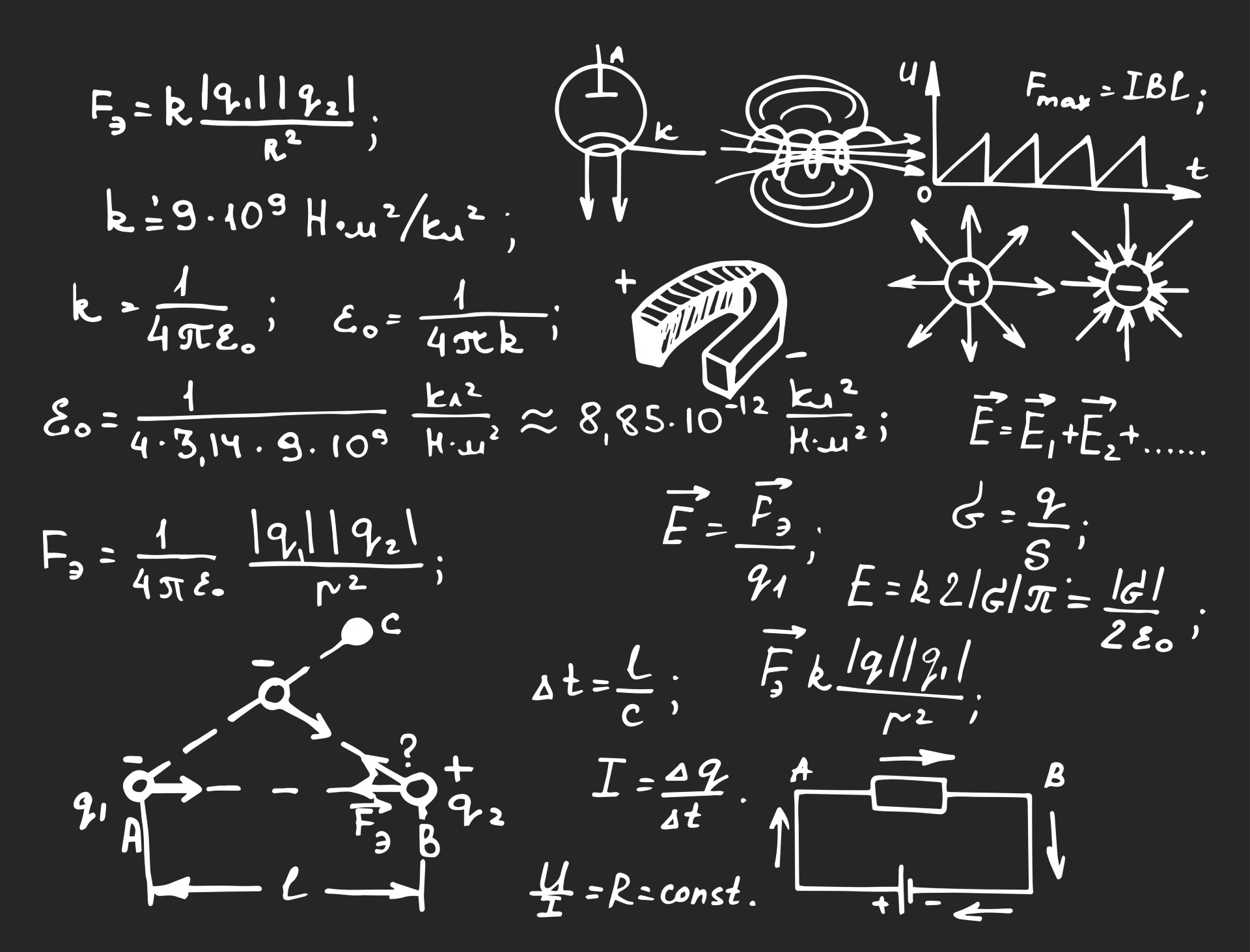The laws of physics do not exist, a theoretical physicist named Sankar Das Sarma argues in a new column published by New Scientist. While we define the laws as the “ultimate laws” of our universe, Sarma says they are merely working descriptions, and that they are nothing more than mathematical equations that match with parts of nature.
The column is part of a special newsletter that New Scientist runs each month, offering insight from top professionals within different fields. This particular column is interesting for a number of reasons, not to mention the fact that a theoretical physicist, somehow who literally studies the physics of our universe for a living, is arguing against our most basic laws of physics.
While many scientists believe in these laws as the most absolute and ultimate laws of our universe, Sarma says he believes they do not exist, and that without viewing them as absolutes, the study of physics is actually much better off. But how exactly do you approach something like this? How do you prove that the laws of physics don’t actually exist?

Well, according to Sarma, the laws of physics as we view them are just mathematical equations, we have created to help define certain parts of nature. After all, the reason that we call it theoretical physics, is because it’s all based on theory and equations. As we strive to prove that these laws exist, really all we’re doing is unraveling more detail about how the universe works.
Think of it like this, we already have what we believe to be a good and reasonable idea of how our universe works, how galaxies form, how stars die, etc. But, as we study more of the early universe and dying stars with powerful equipment like the James Webb space telescope, we’re slowly unlocking more about those parts of our universe.
As such, Sarma says it is better to view the laws of physics as if they are layers of an onion. As we learn more about the physics of our universe, we’re slowly peeling away more layers, but those layers are infinite. There is always more to peel, and thus, there is always more for us to learn about how our universe works.
It’s an intriguing proposition and one that you might not expect to come from someone like Sarma, who has dedicated his work to studying how our universe works. But, if he is correct, and scientists begin to view these laws of physics more like layers than absolute rules, we could find new ways to learn about our universe in the end.
Some say it’s possible that we live in a simulation, which would make all of this moot.








